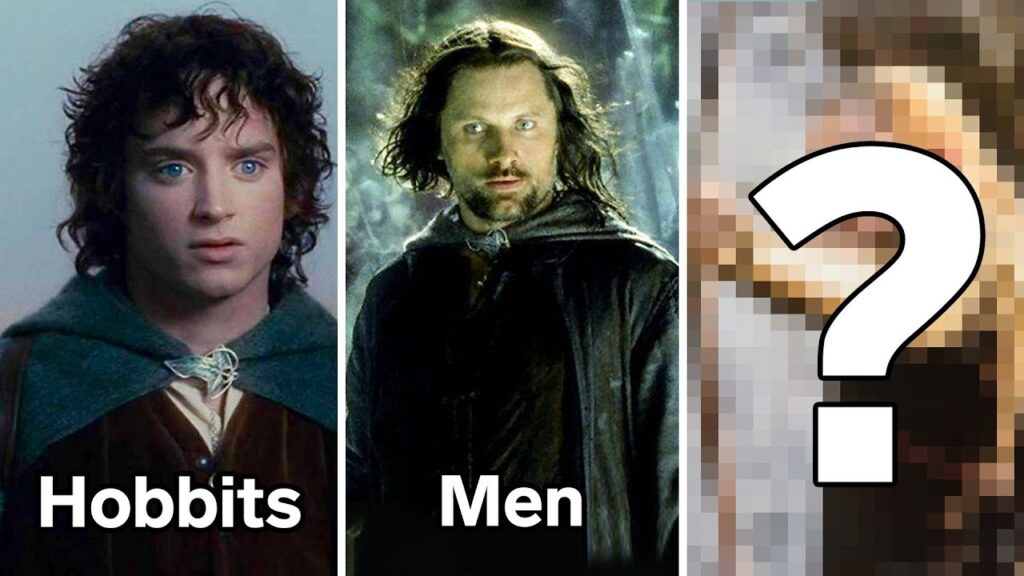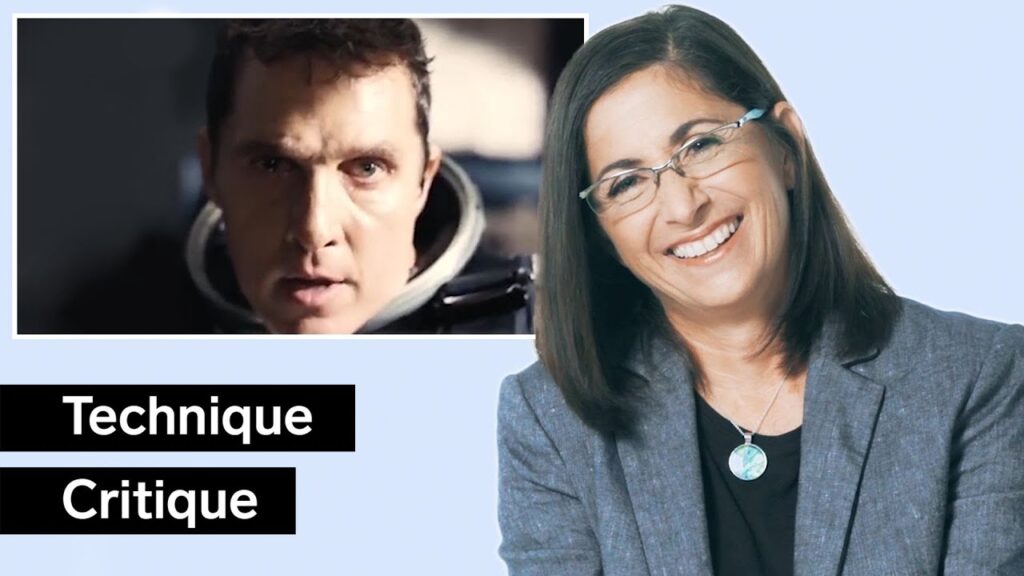Fractals and Computer Graphics: A Discussion on Procedural Graphics
Summary
This article explores the concept of fractals in computer graphics and their applications. The interviewee explains how fractals are defined by their fractal dimension and how they can be used to create procedural graphics in animations and films. The article also covers the historical context of the study of fractals and how they can be found in nature. The speaker discusses the importance of controllability and accessibility in making procedural descriptions and machine learning tools available to everyone, highlighting the connection between math, art, and human nature in understanding and appreciating fractals.
Table of Contents
- Background on Fractals
- Fractal Dimension and Box Counting
- Fractals in Computer Graphics
- The Beauty of Fractals
- Controllability and Accessibility in Procedural Graphics
- Conclusion
Introduction
Computer graphics have transformed rapidly over the years, from simple wireframes and flat-shaded polygons to intricate, highly detailed virtual worlds that simulate life-like environments. One technique that has contributed significantly to the creation of such nuanced graphics is the use of fractals. A fractal is a mathematical pattern that is self-similar across different scales. In the following Q&A, we discuss exactly what fractals are and their relevance in computer graphics.
Q&A
Q: Can you give us some background information on fractals and how they relate to computer graphics?
A: Fractals are mathematical patterns that are self-similar across different scales, making them useful for creating procedural graphics in computer animations, films, and games. They have found applications in fields such as architecture, medicine, and weather forecasting. Additionally, fractals can be found in nature, such as in the patterns made by ferns, clouds, and lightning.
Q: How are fractals defined, and how is their fractal dimension determined?
A: Fractals are defined by their “fractal” dimension. This dimension is different from the Euclidean dimension used to measure length, width, and height in the real world. Fractals have a fractional or non-integer dimension, which means they have detail at all scales. One way to determine the fractal dimension of a pattern is through a technique called box counting. Here, the pattern is divided into boxes of various sizes, and the total number of boxes needed to cover the pattern is plotted against the size of the boxes. The resulting graph gives the fractal dimension of the pattern.
Q: How can fractals be applied in computer graphics, and what are some examples of fractal-based techniques?
A: Fractals can be used to create procedural graphics through methods such as Perlin noise and subdivision surfaces. In Perlin noise, different levels of noise are layered on top of each other to create a texture that looks like natural phenomena, such as clouds or terrain. Subdivision surfaces take a simple polygon mesh and divide each polygon into smaller ones, creating a smoother and more detailed surface.
Q: You mentioned that fractals are self-similar and can be found in nature. Can you give us a brief historical context on the study of fractals and how they relate to the natural world?
A: The study of fractals began in the early 20th century with the work of mathematicians and researchers such as Helge von Koch and Benoit Mandelbrot. Mandelbrot coined the term “fractal” in 1975 in his book “The Fractal Geometry of Nature,” where he described the mathematical properties of natural patterns such as coastlines, mountain ranges, and clouds. Mandelbrot’s work has influenced many areas of science and technology, from astronomy to computer graphics.
Q: You have mentioned the connection between math, art, and human nature in understanding and appreciating fractals. Can you elaborate on this?
A: Fractals have been described as “the fingerprints of nature.” And similarly to fingerprints, they have unique patterns at all levels of detail. These patterns have a certain beauty and simplicity that are replicated in art and mathematics. Recursive patterns are also fundamental to the workings of computers and computation, making the study of fractals a way to understand the nature of computation. Appreciating these connections between math, art, and human nature can inspire new ideas and change our understanding of the world around us.
Q: What do you think is the importance of controllability and accessibility in making procedural descriptions and machine learning tools available to everyone?
A: Controllability and accessibility are crucial in making machine learning tools and procedural descriptions accessible to creators from diverse backgrounds. These tools allow designers to create intricate virtual worlds that weren’t possible before. In addition, they make creating such worlds more affordable and can help democratize the field. By making the creation of such worlds attainable and intuitive to all creators, we can expect to see more diverse and compelling digital experiences in the future.
Conclusion
In summary, the study of fractals has revolutionized the field of computer graphics, making it possible to create detailed and intricate virtual worlds that simulate real-life environments. Fractals are self-similar patterns of detail at all scales, making them useful for creating procedural graphics through techniques such as Perlin noise and subdivision surfaces. By appreciating the beauty and simplicity of fractals, we can gain a deeper understanding of the nature of art and mathematics. The importance of controllability and accessibility in making procedural descriptions and machine learning tools available to everyone cannot be overstated, and we can expect to see more diverse and compelling digital experiences in the future as a result.






